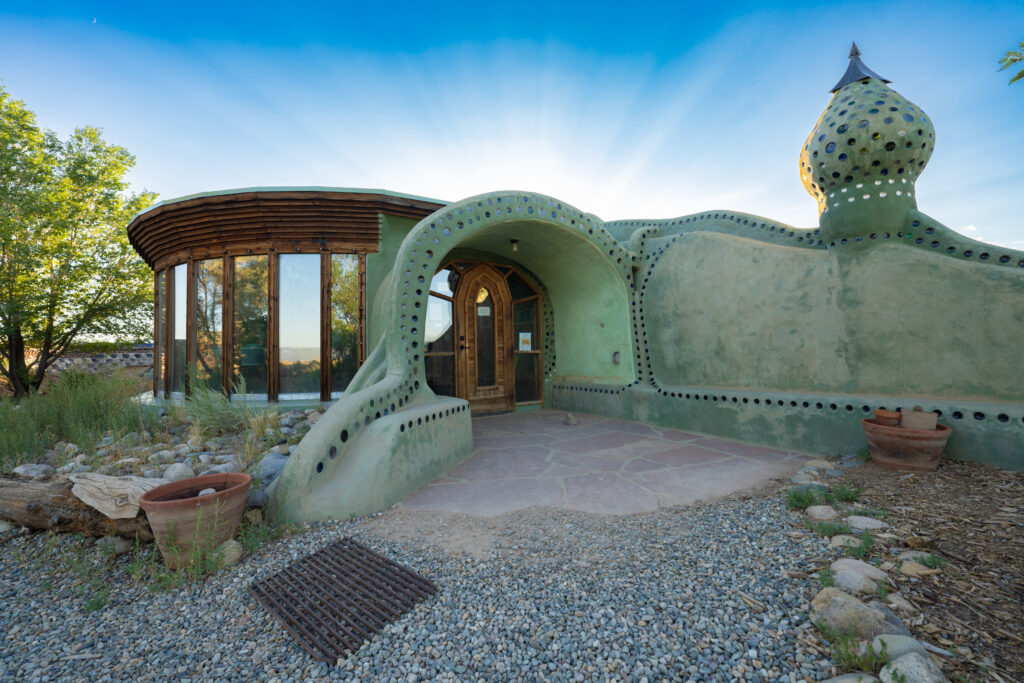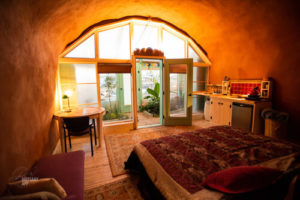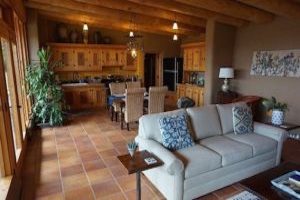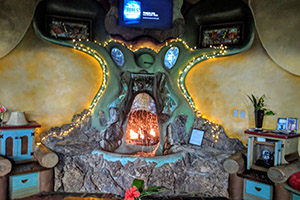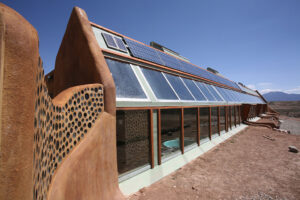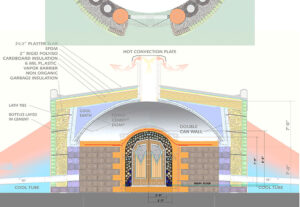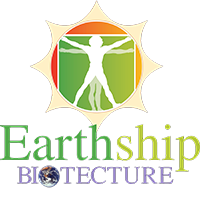Recent disastrous bushfires have rebooted debate about how to (re)build in the Australian bush. Questions are being asked about building standards, whether a fire-proof home is possible, the value of fire bunkers when it’s too late to leave, and if we should even live in the bush any more.
I suggest homes and community buildings in bushfire-prone areas can be made much more fire-resistant, perhaps even fire-proof, by adopting earth-covered, off-grid structures – known as Earthships – as the new standard.
details and more info: https://www.earthshipecohomes.com.au
Built for survival
Houses sheltered by earth have a higher chance of survival in a bushfire. This is because earth-based constructions are non-flammable (while topsoil can burn and smoulder, clayey, sandy and gravelly soil does not).
A typical Earthship design has double-glazed windows to the north to let in winter sun, while mounds of earth, pushed up to roof level, protect the south, east and west walls. Taking this a step further, an earth-covered house includes a layer of earth over the roof.
The north-facing double-glazed windows (an essential element of passive solar design) is the only part of the building that needs some other protection.
Bushfire building codes and standards already demand that windows have extra-thick, toughened glass to resist burning debris and intense heat. Double glazing (two layers of glass separated by a small air gap) offers extra protection. In very high-risk areas, bushfire shutters are a requirement.
Although not demanded by building codes, automated sprinklers could be used to spray water on the windows. But automated systems are problematic during a bushfire when power and water supplies are likely to fail.
Independent water supplies (big water tanks) and pumps (usually petrol or diesel) are often a condition of approval for new homes in fire-prone areas. However, these are difficult to automate because of choke, throttle, ignition and refuelling issues.
read more at http://theconversation.com

